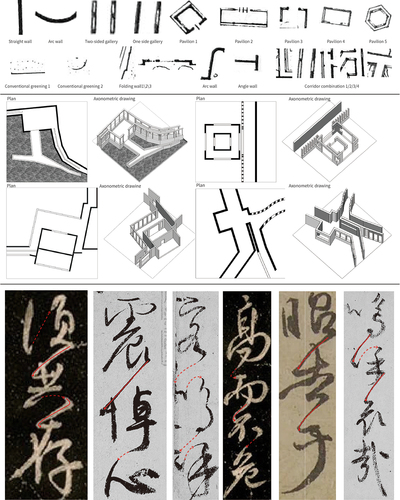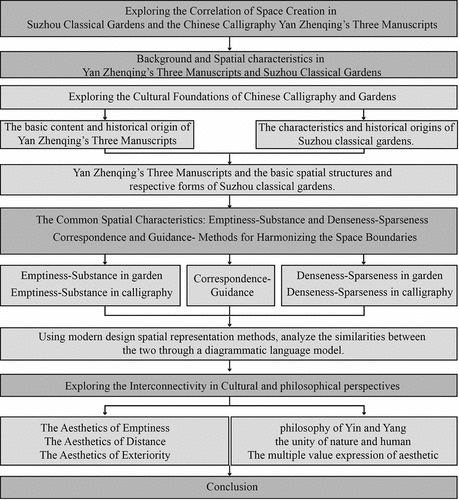Figures & data
Figure 2. “Ji Bo Fu Gao”, “Ji Zhi Wen Gao”, “Zheng Zuo Wei Tie” (left). Source: Wikipedia Commons. Right Image: Floor plans of the Humble Administrator’s Garden, Lingering Garden, Master of Nets Garden, and Lion Grove Garden (right). Source: Liu Dunzhen’s “Classical Gardens of Suzhou,” Beijing: China Architecture & Building Press, 2005, pages 306, 307; 342, 343; 371; 397).
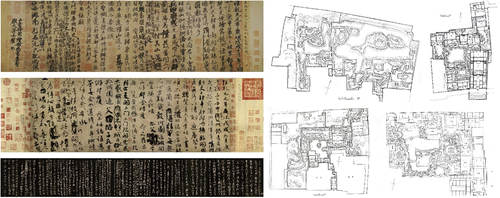
Figure 3. Fucui Pavilion (left). Source: Photographed by the author. Wang Xizhi’s “Orchid Pavilion Preface” (right). Source: Wikipedia Commons.

Figure 4. Basic Spatial Archetypes and the Framework of Generative Logic in Gardens and Calligraphy. Source: Drawn by the author.

Figure 5. Analysis of Basic Spatial Archetypes and Their Generative Processes in Gardens and Calligraphy. Source: Drawn by the author.
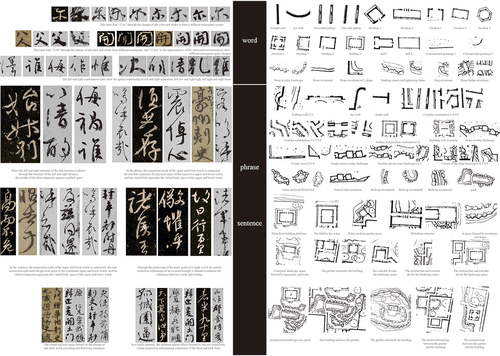
Figure 6. “Four Seasons to Four Views” in Suzhou Gardens. Source: http://xhslink.com/h50IwG.
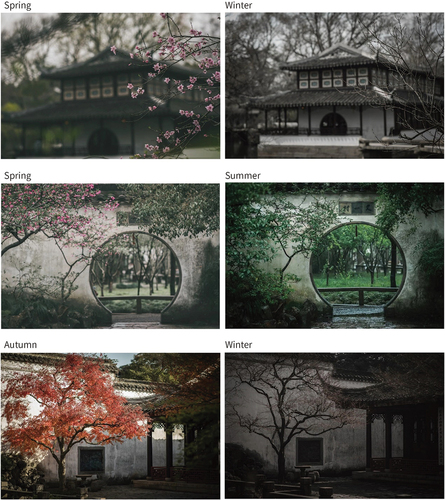
Figure 7. Master of the Nets Garden (top), the Humble Administrator’s Garden (middle left), Lion Grove Garden (middle right), The Humble Administrator’s Garden (bottom). Source: Photographed by the author.
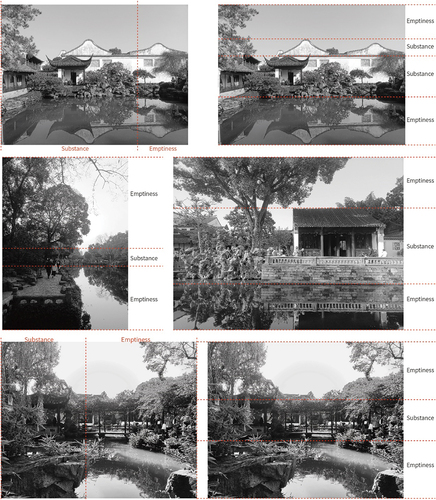
Figure 8. Emptiness and substance analysis of “Ji Zhi Wen Gao”, “Ji Bo Fu Gao”, and “Zheng Zuo Wei Tie”. Source: Drawn by the author; Base map: Wikipedia Commons.

Figure 9. Analysis of the diagrammatic language model of emptiness and substance in gardens and calligraphy. Source: Drawn by the author.
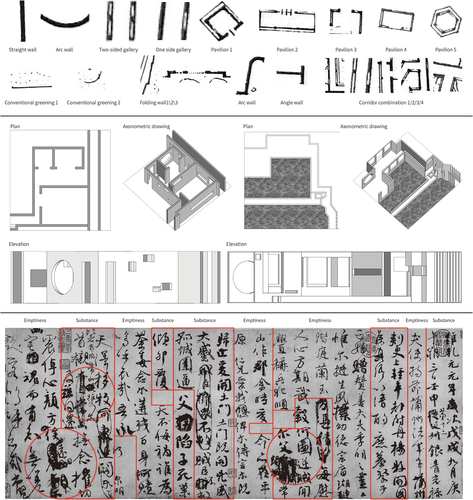
Figure 10. Analysis of the pictorial language model of denseness and sparseness in gardens and calligraphy. Source: Drawn by the author.
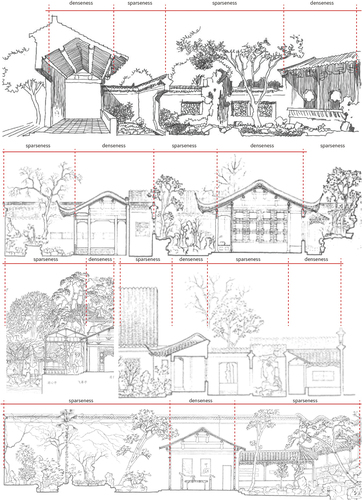
Figure 11. Analysis of denseness in “Ji Zhi Wen Gao”, “Ji Bo Fu Gao”, and “Zheng Zuo Wei Tie”. Source: Drawn by the author; Base map: Wikipedia Commons.
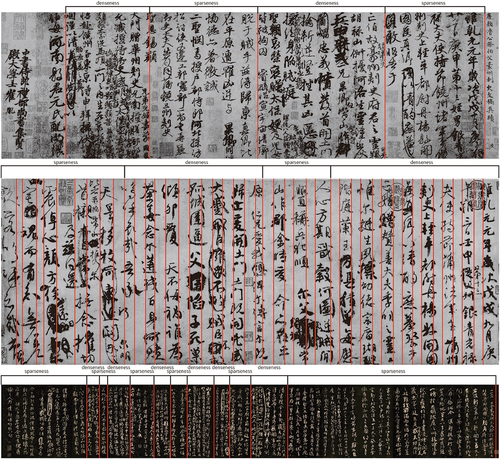
Figure 12. Analysis of the diagrammatic language model of denseness and sparseness in Gardens and Calligraphy (Source: Drawn by the author).

Figure 13. Techniques of spatial correspondence and guidance in gardens and calligraphy.
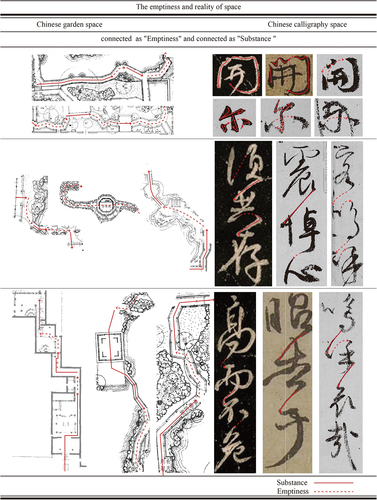
Figure 14. Path analysis of spatial correspondence and guidance in the Lingering Garden.
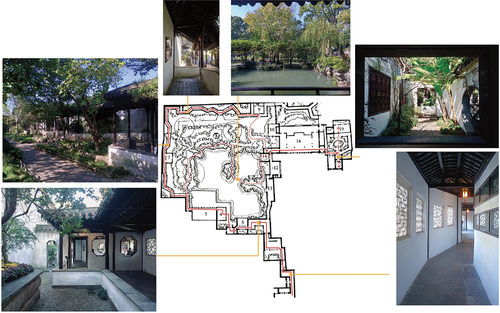
Figure 15. Path analysis of “Framed Views, Corresponding Views, and Borrowed Views” in the Humble Administrator’s Garden.

Figure 16. Analysis of calligraphy rubbing and garden framing views.

Figure 17. Techniques of spatial correspondence and guidance in gardens and calligraphy.
